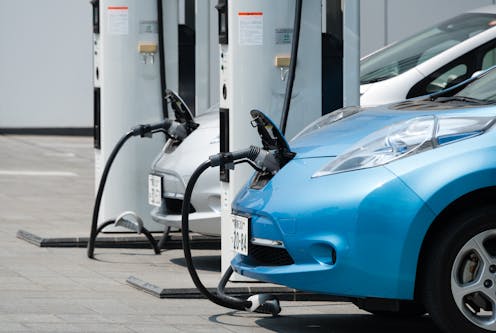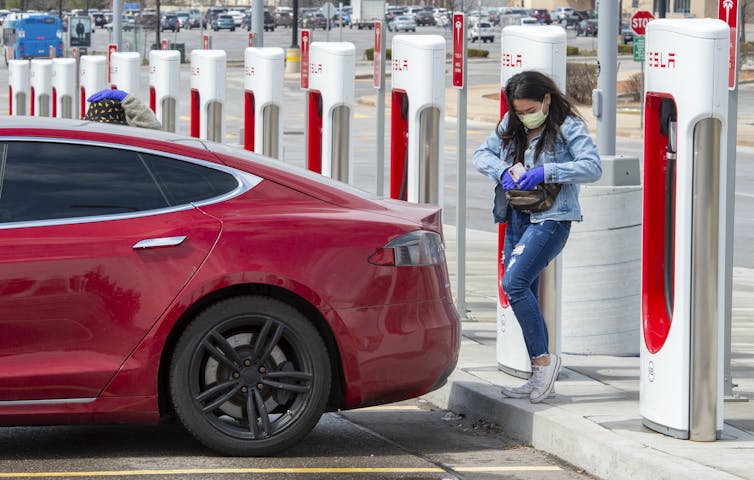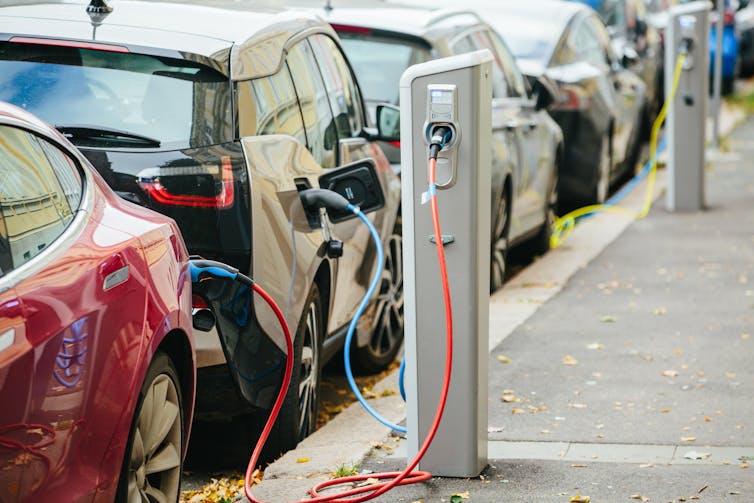
As part of its goal to achieve net-zero emissions by 2050, Canada has introduced new regulations to mandate one-fifth of all vehicles sold in Canada be electric by 2026.
With the price of gasoline being projected to rise again, and consumers worrying about the legacy of fossil fuel emissions, now is the perfect time for Canadians to shift toward hybrid and battery-powered electric vehicles.
But making an informed choice can be daunting. There are many different new forms of propulsion systems and energy-storage methods among hybrid and battery-powered electric vehicles — all of them different from conventional gas-burning cars.
The sheer number of hybrid and electric vehicle options can make the idea of switching to a hybrid or electric vehicle daunting for many. Here’s a guide to understanding hybrid and electric vehicles and deciding which is most suitable for your lifestyle.
What makes hybrid and electric cars different?
Traditional gas-powered cars use a type of engine called internal combustion engines that use fuel to propel themselves. However, even high-performance gasoline engines are only 20 to 35 per cent efficient.
In other words, a gas-powered car loses two-thirds of its energy in the form of heat, rather than useful work. Electric and hybrid vehicles, on the other hand, are much more efficient.
This is because in hybrid and electric vehicles, unlike gas-powered cars, only part of — or none of — the propelling force is generated by engines. They use electric machines, featuring a high-efficiency energy conversion process at around 90 per cent to propel the vehicle. Electric machines improve fuel economy and drivability.
Hybrid electric vehicles
Before deciding which type of electric vehicle to purchase, it’s important for buyers to know whether electric vehicle chargers are available in areas where they live and drive. If charging stations are difficult to access and buyers do a lot of long-distance driving, the hybrid electric vehicle is a good option to invest in.
Hybrid electric vehicles straddle the line between fully electric vehicles and conventional cars by pairing an internal combustion engine with an electric machine. Hybrid vehicles store energy in both the fuel tank and battery pack.
One distinct difference among hybrid vehicles is how the vehicle turns the engine’s power into movement, known as the powertrain. Powertrains are important because they affect a vehicle’s fuel economy, drivability and purchasing price. There are three main types of hybrid vehicle classifications based on this.

Series hybrid system
Series hybrid vehicles, like the BMW i3 extended range and Fisker Karma, only use the motor to provide the driving force. The power flows from the engine to the generator to the battery, then to the motor, the axle and finally the wheels.
The engine works at its narrow optimal region with high efficiency and delivers mechanical energy to the coupled generator, which later converts the mechanical energy to electric power and charges the battery.
Because the generator and motor normally have an efficiency around 90 per cent, the conversion process delivers improved fuel economy.
In addition, part of the mechanical energy is converted back to electric power during the braking process and stored in the battery pack, resulting in better fuel economy. This makes it a good choice for stop-and-go driving caused by heavy traffic or traffic signals.
Parallel hybrid vehicles
Parallel hybrid vehicles couple both the engine and electric machine to the transmission. Compared to the series hybrid architecture of using one generator and one propulsion motor, the parallel hybrid system uses one electric machine, but the engine does not always work optimally.
This configuration is less suitable for the stop-and-go scenario, but has better performance at high-speed driving since both propulsion sources operate with high efficiency. Examples of parallel hybrid vehicles include the Honda Insight, Land Rover Range Rover P400e, Hyundai Tucson Hybrid, Hyundai Ioniq and BMW X5 530e.
Series-parallel hybrid vehicles
Series-parallel hybrids combine the advantages of the series and parallel configurations. The drawback of these hybrids is the price — because these vehicles consist of both series and parallel systems, they are more complex, resulting in a higher price.
Examples of series-parallel hybrid vehicles are the Toyota Prius, Lexus CT 200h, Ford Fusion Hybrid and Toyota RAV4.

Fully electric vehicles
If charging stations are easily accessible and long-distance driving is not a concern, battery-powered electric vehicles are a good option for buyers to consider. Fully electric vehicles rely solely on an electric machine and have no combustion engine. They obtain energy from the electric grid and store it in its battery pack.
Electric vehicles are very efficient because of the energy conversion process of electric machines. Apart from the size and type of the battery pack, different electric vehicles use electric machines in different ways.
Most electric vehicles use one electric machine as the propulsion source — either front-wheel-drive or rear-wheel-drive. One drawback of this configuration is the electric machine does not always operate at its optimal efficiency. This affects how far the electric vehicle can be driven between charges.
To improve their efficiency and drivability, some electric vehicles use multiple electric machines. Some vehicles split vehicle power between two motors, which results in higher efficiency and a broader speed range. The Model 3, Model Y and Model S Tesla cars have this configuration, allowing all-wheel-drive and better traction control.
Another way electric vehicles improve drivability is by using three electric machines. This allows vehicles to control the torque in rear wheels separately in a process known as torque vectoring control. Typical examples of this configuration are the Model S Plaid and Model X Plaid.
There has never been a better time to switch to an electric vehicle. To help Canadians transition to this greener vehicle option, the Canadian government has financial supports available. The Incentives for Zero-Emission Vehicles program provides cash rebates for battery electric and plug-in hybrid electric vehicles. Some provinces, like British Columbia and Québec, also offer their own provincial rebates.
Gaoliang Fang works for McMaster University.
This article was originally published on The Conversation. Read the original article.







